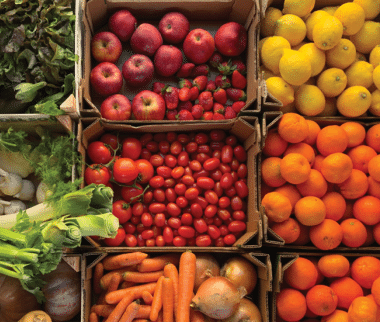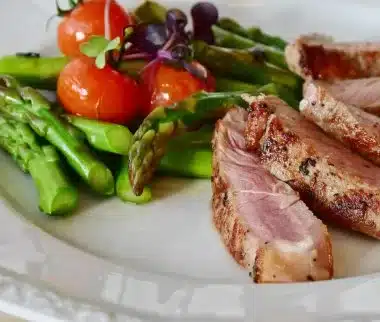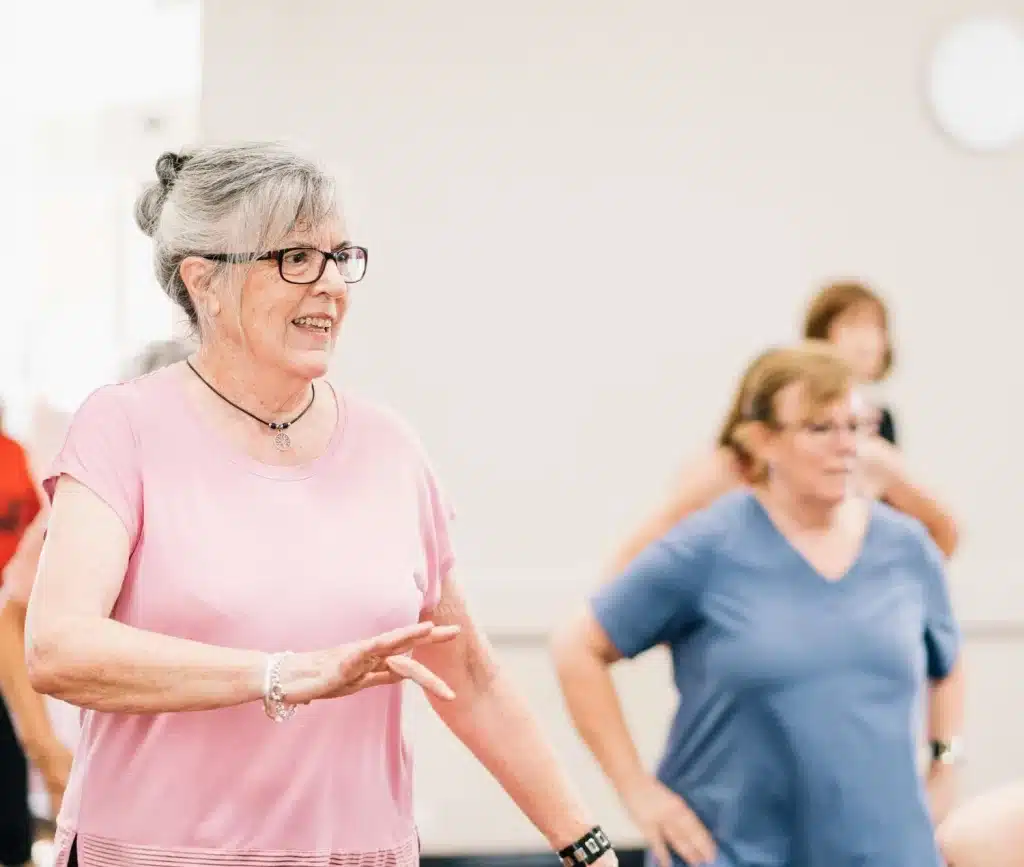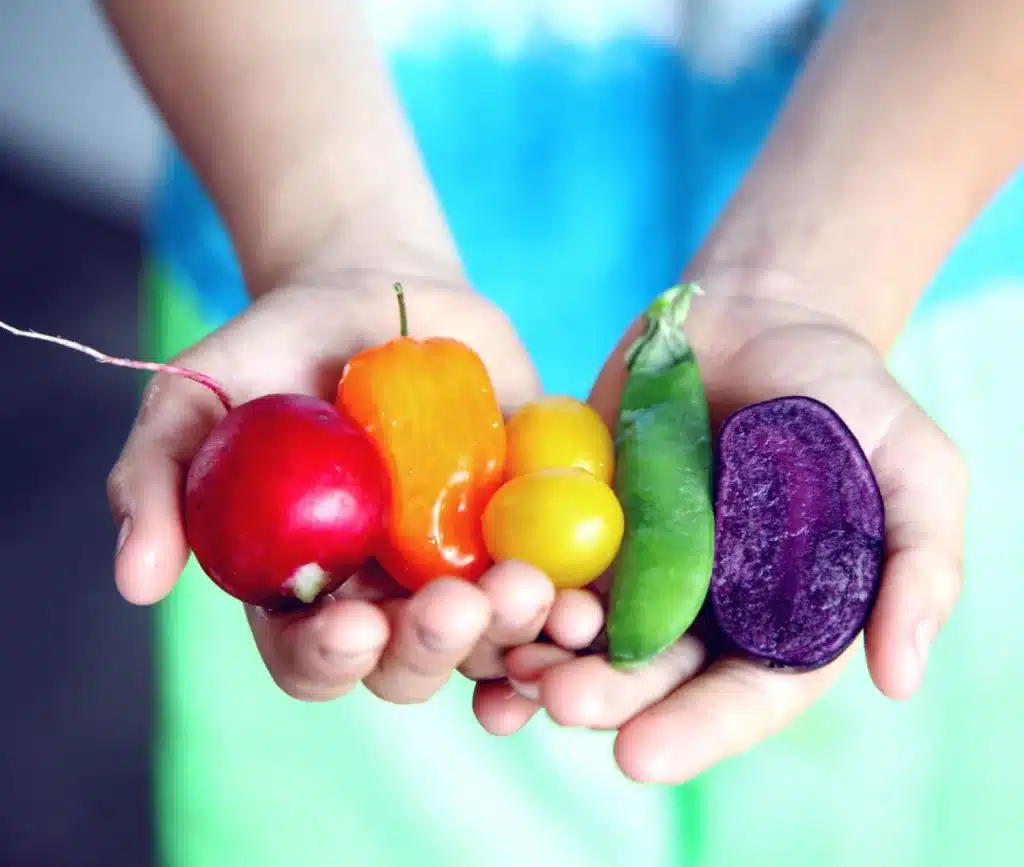Winter Exercising
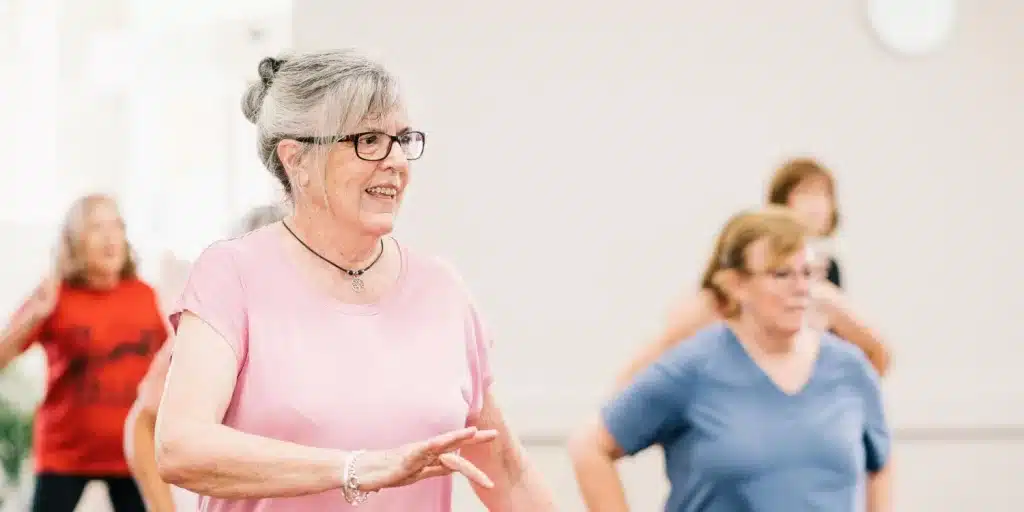
Are your joints aching as the temperature drops? It might be tempting to slow down and stay cozy, but staying active could actually help you feel a lot better!
Musculoskeletal Conditions and Arthritis in Australia
One in three Australians suffers from a musculoskeletal condition involving joint pain, with arthritis being the most common cause. Currently, around 3.6 million Australians are affected by arthritis, and this number is projected to rise to 5.4 million by 2030.
Joint Pain and Cold Weather
For some individuals with joint pain, cold weather seems to exacerbate the discomfort. However, temperature is just one of several factors that can influence the perception of increased pain during winter. Other factors include those that we can somewhat control, such as sleep quality, behavioral patterns, mood, and physical activity. Emerging research suggests that increased pain levels in winter may also be related to a person’s perception of the weather, a lack of vitamin D, and fluctuations in their condition.
The Importance of Physical Activity
Physical activity is one of the best treatments to enhance function, strength, and mobility, as well as to improve the overall quality of life. It also promotes mental and physical health and reduces the risk of other chronic diseases.
Pain can be a significant barrier to exercise and other activities. So, what can you do about it?
Our Brain's Protective Nature
When it comes to pain, our brain acts like an inbuilt alarm system, alerting us to potential danger or harm so we can take action. However, this alarm system isn’t always accurate. Sometimes, it can set off “false alarms,” making us feel pain even when there’s no actual damage to our skin, muscles, or bones.
The Cold Weather Effect on Joint Pain
During colder weather, joint pain and stiffness often seem to worsen, leading us to fear that movement might make things worse. This fear can cause people to avoid physical activity, even though staying active is actually beneficial and can help alleviate pain.
Seasonal Impact on Physical Activity
Our levels of physical activity tend to fluctuate with the seasons. In the summer, warmer weather and longer daylight hours encourage us to spend more time outdoors, boosting our mood and increasing our activity levels. The positive vibes of summer often inspire us to be more active and stick to our New Year’s resolutions.
In contrast, the colder months can lead to a decline in physical activity as we retreat indoors to stay warm. This reduction in movement, along with less exposure to sunlight, can increase joint pain and negatively affect our overall well-being and mood. This creates a cycle where symptoms can worsen over time.
With the right knowledge and support, you can stay active and live your best life, especially when it aligns with your personal values and goals. Health professionals like physiotherapists and GPs can assess your concerns and provide tailored strategies to keep you moving and feeling great.
How to Stay Motivated and Active in Winter
Staying active during the cooler months can be challenging, but with the right approach, you can keep moving and feel great. Here are some tips to help you stay motivated:
Understand the Factors That Impact You
Recognize the various factors that influence your activity levels:
- Biological: Your genes and any other illnesses you might have.
- Psychological: How you think, feel, and behave.
- Social: Your relationships and social support network.
Set Achievable Goals
While having a big end goal is great, it can feel overwhelming. Break it down into smaller, achievable steps, like climbing a ladder. For example, park a short distance from the shops and gradually increase the distance to build up your exercise tolerance.
Consistency Over Intensity
Doing a little bit each day can be easier on your body than a big effort once a week. Aim for small, consistent activities that keep you moving regularly.
Make It Meaningful
Create goals that are personally meaningful and celebrate your successes along the way. Reward yourself with something enjoyable, like catching up with friends or treating yourself to a healthy snack. As you climb your “ladder” one rung at a time, you’ll likely feel more motivated to keep going.
Seek Support
If you’re not sure where to start, talk to a friend or health provider. They can help you determine what’s realistic and right for your situation, allowing you to work towards your goals in a safe, supportive environment. This helps prevent fear and avoidance while establishing goals that align with your aspirations and pain experience.
Final Thoughts
With awareness of the interconnected factors affecting you and by setting meaningful, achievable goals, you can stay active and motivated throughout winter and beyond.
Mai from Urban Personal Training can help keep you motivated and active during the colder months with her classes for older adults. Choose between the Living Longer Living Stronger program or a more informal Group Exercise Class for over 55’s.

